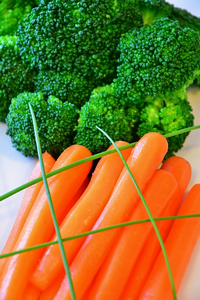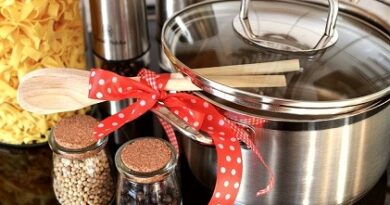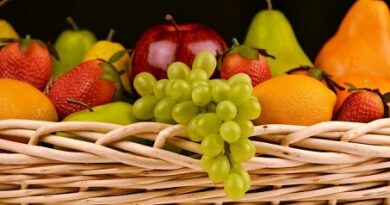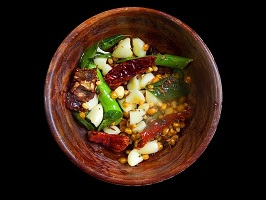How To Blanch Vegetables For Freezing
How to blanch vegetables for freezing is a popular topic in the world of healthy eating. Vegetables are very healthy and it is no surprise that so many people are looking for different ways to prepare and serve them. We all know that fresh vegetables are best, but that does not mean we have to wait to eat them! Learning how to blanch food for freezing offers a quick and easy way to prepare vegetables that can be frozen and used in the same way as they were originally purchased. There is no loss of taste or texture when preparing vegetables this way.
Blanching in other cooking techniques is not recommended because it destroys the nutrients in the vegetable. When using traditional cooking techniques, the vegetables may retain some of the vitamins and nutrients lost during the cooking process. Blanching allows nutrients to be retained for a longer period of time. Home cooking methods that use boiling, steaming, or simmering should not be used to blanch vegetables.
How To Blanching?
One of the easiest methods to employ when blanching is with a Vitamix blender. The water in the container is filled with liquid and food coloring is added for visibility. The food items to be frozen are placed into the blender and turned on full force. The water starts to fill with bluish color and the veggies begin to rapidly contract.
As the water continues to fill, the vegetables are slowly squeezed to loosen the hardened food. After it is all squeezed out, the final result will be a fully cooked vegetable. This process is repeated until the desired result is achieved. Once a batch has been completed, the food is removed from the heat source and placed into airtight containers.
Another cooking method to learn how to blanch food is using a crock pot. A crock pot is simply a large pot that is made of metal. Vegetables can be placed in the pot and covered with the lid. All four sides of the food are covered so that it can continue to cook as normal. Once the vegetables are soft, they can be removed from the crock pot and placed into airtight bags.
How to blanch vegetables can be used for a variety of reasons. It is usually needed to prepare foods quickly before they are cooked. It can also be used to retain freshness of some fruits or vegetables when they have been purchased. It is important to be aware that there are different recommended temperatures for preparing different kinds of food.
It is best to keep in mind that blanching is not done to simply remove excess moisture. It should only be used as a way to reduce the amount of time the food needs to cook. Cooking times can be shortened by up to half, if the food is properly blanched. This is good news for consumers who are looking to save time while they are doing their shopping.
How to blanch vegetables for freezing is a skill that will be used more often once someone has mastered making them in this manner. It is a process that requires practice. However, it is worth the practice time because it can help to prevent damage to the food during transportation. Blanching vegetables is much easier to do if they are still slightly green. Green vegetables tend to stay the most moist while other vegetables lose moisture faster. The smaller pieces tend to cook faster than the larger ones.
If you already know how to blanch food, then it will only make sense to learn how to prepare vegetables that can be used for this purpose before they have to be shipped. Then, it will be easier to get the freshest vegetables possible when they are needed. In addition, the food will also be healthier because the longer it cooks and refrigerated, the more nutrients are absorbed. However, there are many foods that cannot be frozen because they are too fragile. For these food types, simmering or steaming are usually the best options.
Blanching should be done first thing in the morning so that they are thoroughly prepared before cooking. Vegetables can be blanched as soon as they are chopped into fine pieces. Small pieces of vegetables can be layered into a glass of water. If there is a lot of extra water, you can add ice to help keep the water from freezing solidified. Once it freezes solid, carefully place it into a sealed container.
It is easy to learn how to blanch vegetables for freezing but the amount of water needed will depend on how much is available. If blanching becomes difficult for you, then purchase a vegetable blancher that has a large capacity. Some blanchers have rotating disks that are powered by a fan. These larger blanchers can handle a wide variety of vegetables such as cauliflower, broccoli, onion, pepper, spinach, mushrooms, carrots, and beans. With a vegetable blancher that has a higher capacity, you will save time and money because you do not have to keep constant watch over the water.




